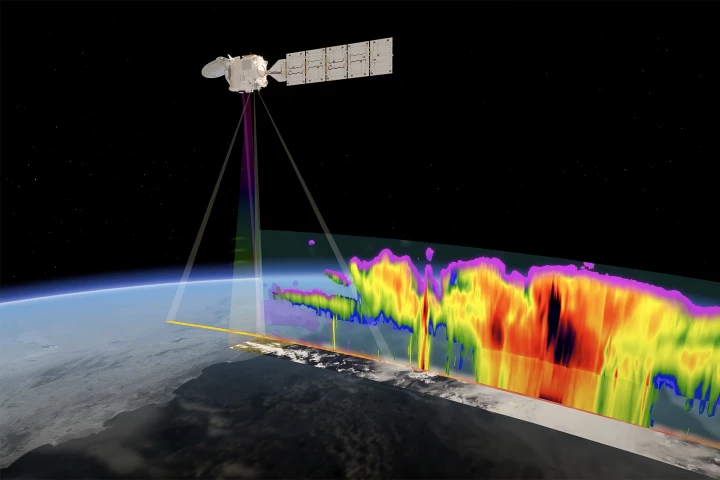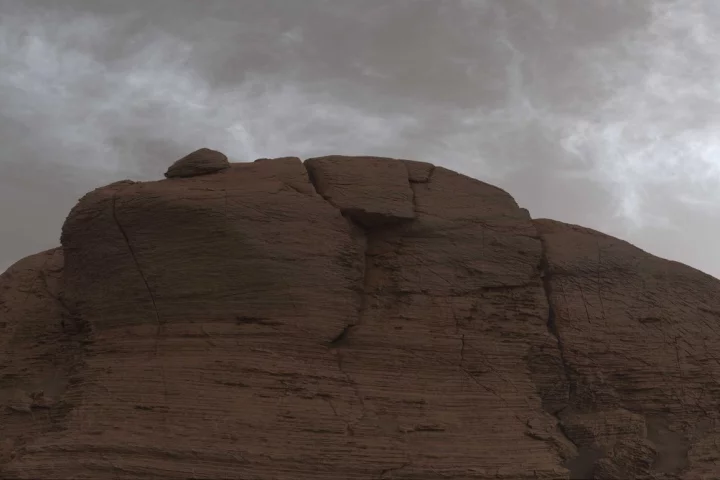Cloud
-
Clouds. They’re not very well understood. EarthCARE, a soon-to-launch satellite, will use advanced tech to unlock their mysteries, giving scientists a better understanding of the mysterious weather phenomenon so they can produce more accurate climate forecasts.
-
The James Webb Space Telescope has made the first direct analysis of clouds on a nearby alien world. These aren’t just made of water vapor but also sand, which would move around the planet much like Earth’s water cycle.
-
Collectors of trading cards are always hunting for rare shiny variants – and now astronomers have found the exoplanet equivalent. The shiniest planet ever found, LTT9779 b, is an ultra-hot, cosmic disco ball thanks to clouds made of glass and titanium.
-
While antibiotic-resistant bacteria are on the rise, you might have thought that the potentially deadly bugs would be found mostly where people and other animals congregate. But researchers have now found them in a most remarkable place.
-
NASA's Curiosity rover has captured a rare perspective of shimmering clouds on Mars at an unexpected time and location, which will help scientists better understand the reasons behind their formation.
-
Video calls are handy, but you lose that sense of presence. To make remote meetups a bit more personal, Microsoft has unveiled Mesh, a “mixed reality” platform that lets people work and play together as virtual avatars overlaid on real-world spaces.
-
Home to constant turbulent weather and the Great Red Spot – a storm bigger than Earth – Jupiter is the storm capital of the solar system. Now NASA’s Juno mission has discovered two new quirks of these storms – shallow lightning and “mushball” hail.
-
Using polarized light, astronomers have detected signs of cloud bands in the atmosphere of a brown dwarf far beyond the solar system. It turns out that these gassy giants have a similar appearance to Jupiter, and the same kind of wild weather.
-
In a world first, researchers have conducted a cloud-brightening trial as a way of protecting fragile corals in Australia's Great Barrier Reef, to see whether reflecting some of the Sun’s energy away could help limit damage due to climate change.
-
This year, Dropbox doubled the available storage available to Plus subscribers from 1 TB to 2 TB, but with it came a US$2 hike to the monthly subscription, up to $11.99 per month. For many home users, 2 TB is way more than is needed.
-
Martian clouds could have an alien origin, according to a newly-published paper. The study suggests that mid-level clouds form above the Red Planet due to a phenomenon called "meteor smoke," which occurs when space debris is shredded upon entering the Martian atmosphere.
-
Most home robots aren’t particularly customizable. Now robotics startup Ohbot has unveiled its newest creation Picoh, a blank slate of a robot that can be programmed to do basically whatever you want it to do.
Load More











